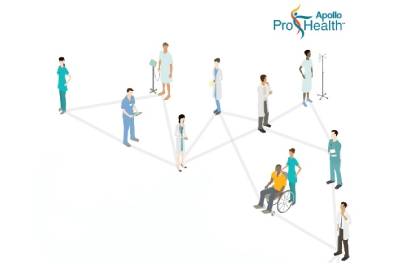Slipped Disc - Symptoms, Causes, and Treatment

The spine is made up of many bones called vertebrae. These are roughly circular and between each vertebra is a ‘disc’. The discs are made of strong ‘rubber-like’ tissue, which allows the spine to be fairly flexible. A disc has a stronger fibrous outer part, and a softer jelly-like middle part called the nucleus pulposus.
The spine protects the spinal cord, which contains the nerves that come from the brain. Nerves from the spinal cord come out from between the vertebrae to take and receive messages to various parts of the body. Strong ligaments attach to the vertebrae. These give extra support and strength to the spine. Various muscles also surround, and are attached to various parts of the spine.
What is a prolapsed disc?
When you have a prolapsed disc (commonly called a ‘slipped disc’). A disc does not actually ‘slip’. What happens is that part of the inner softer part of the disc (the nucleus pulposes) bulges out through a weakness in the outer part of the disc. A prolapsed disc is sometimes called herniated disc. The bulging disc may press on nearby structures such as a nerve coming from the spinal cord. Some inflammation also develops around the prolapsed part of the disc.
Any disc in the spine can prolapse. However, most prolapsed discs occur in the lumbar part of the spine (lower back). The size of the prolapse can vary. As a rule, the larger the prolapse, the more severe the symptoms are likely to be.
Who gets a prolapsed disc?
It is not clear why some people develop a prolapsed disc and not others, even when they do the same job or lift the same sort of objects. It seems that some people may have a weakness in the outer part of the affected disc. Various things may trigger the inner softer part of the disc to prolapse out through the weakened outer part of the disc. For example, sneezing, awkward bending, or heavy lifting in an awkward position may cause some extra pressure on the disc. In people with a weakness in a disc this may be sufficient to cause a prolapse. Factors that may increase the risk of developing a prolapsed disc include: a job involving lots of liftin, a job involving lots of sitting (especially driving), weight bearing sports (weight lifting etc), smoking, obesity and increasing age (a disc is more likely to develop a weakness with increasing age).
UPDATED ON 28/03/2024
Apollo Highlights & Updates
 On World Health Day, Apollo Hospitals has unveiled the 4th edition of the Health of Nation report....
On World Health Day, Apollo Hospitals has unveiled the 4th edition of the Health of Nation report.... Call Us Now
+91 8069991061
Book Health Check-up
Call Us Now
+91 8069991061
Book Health Check-up





